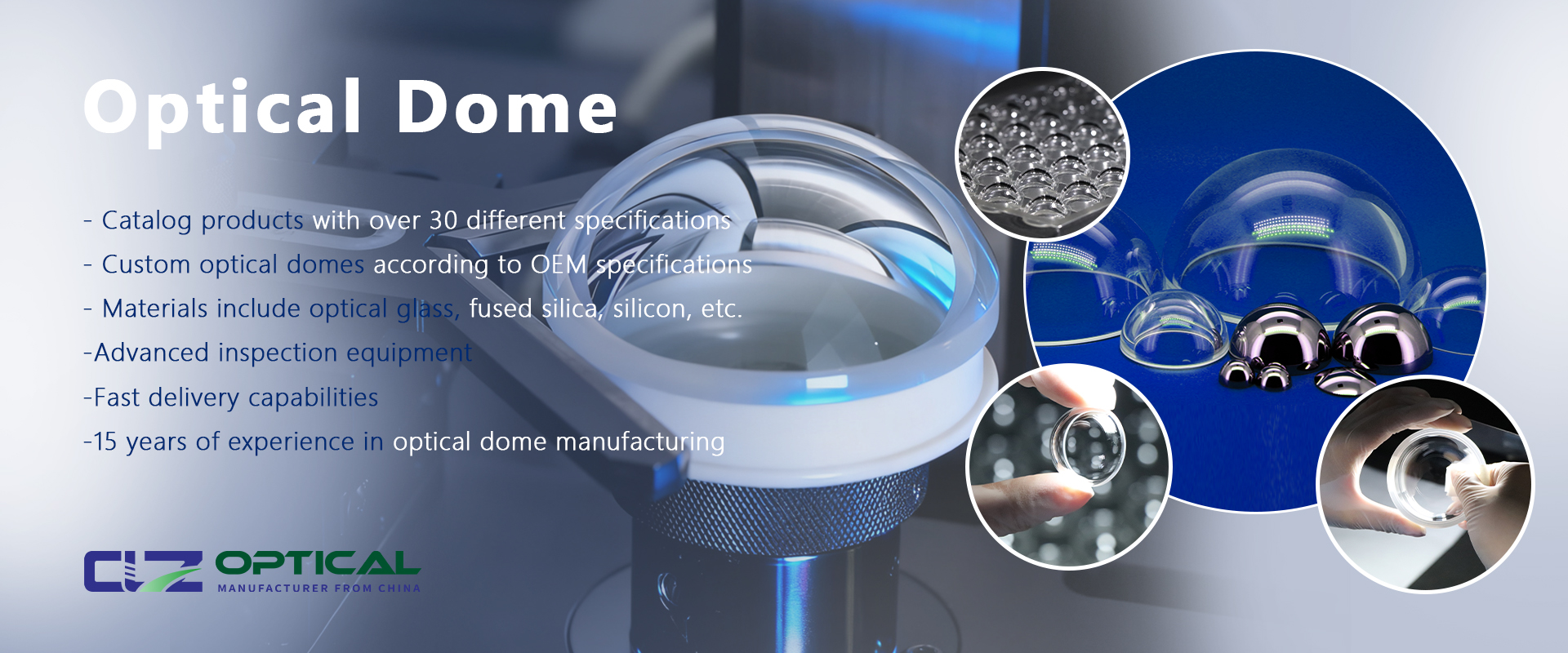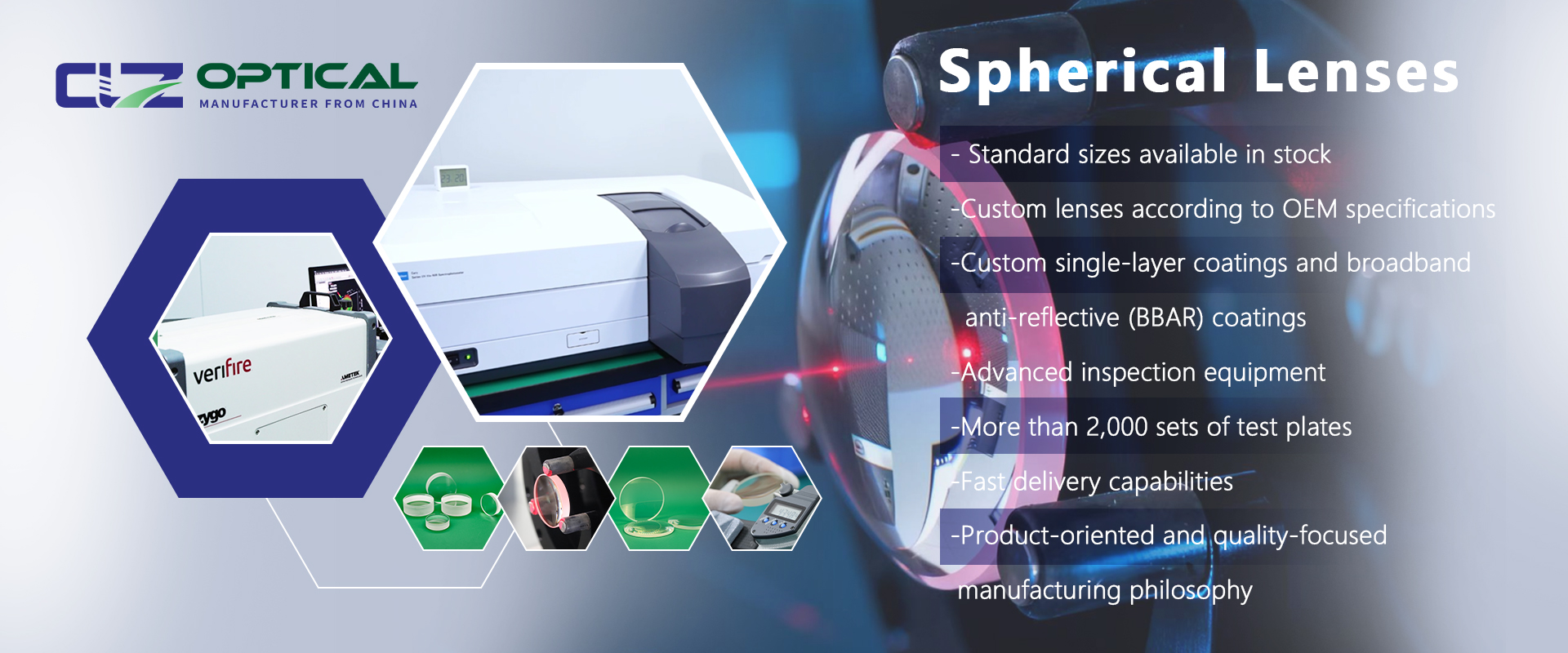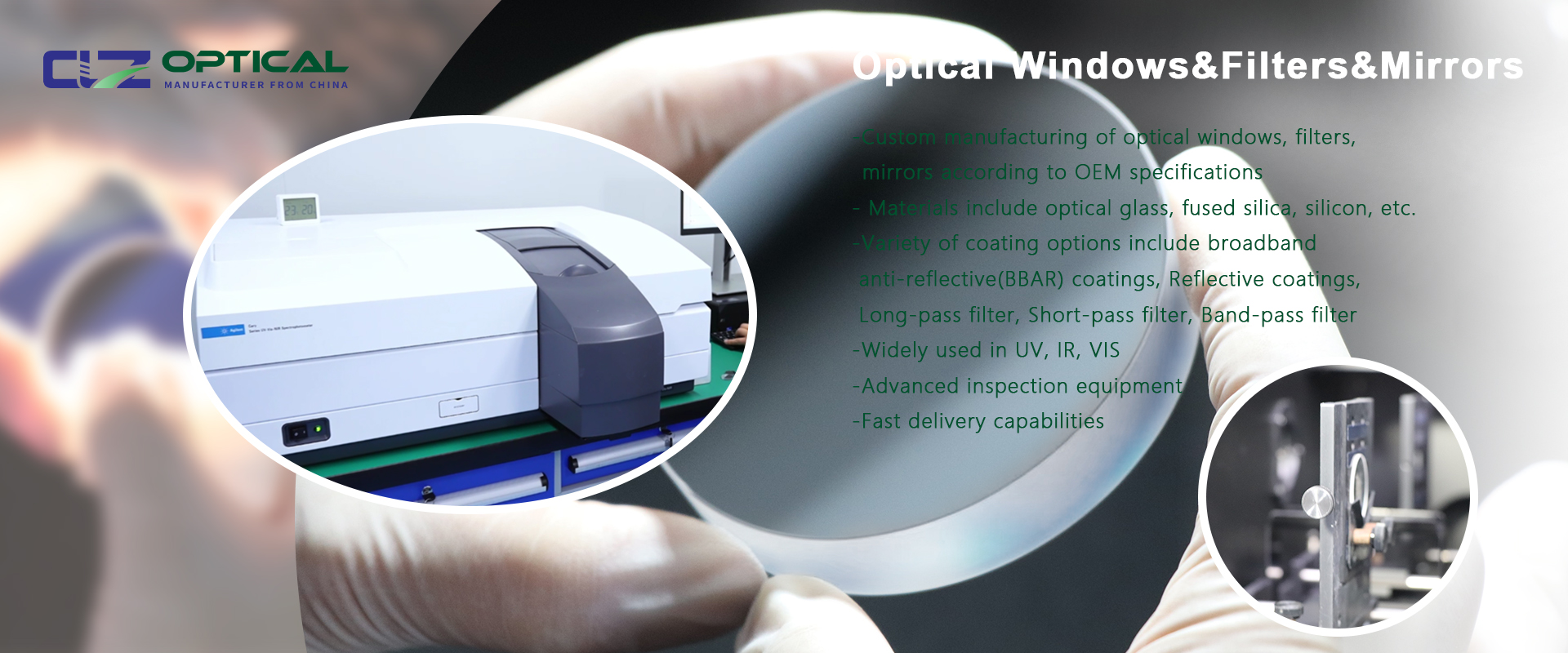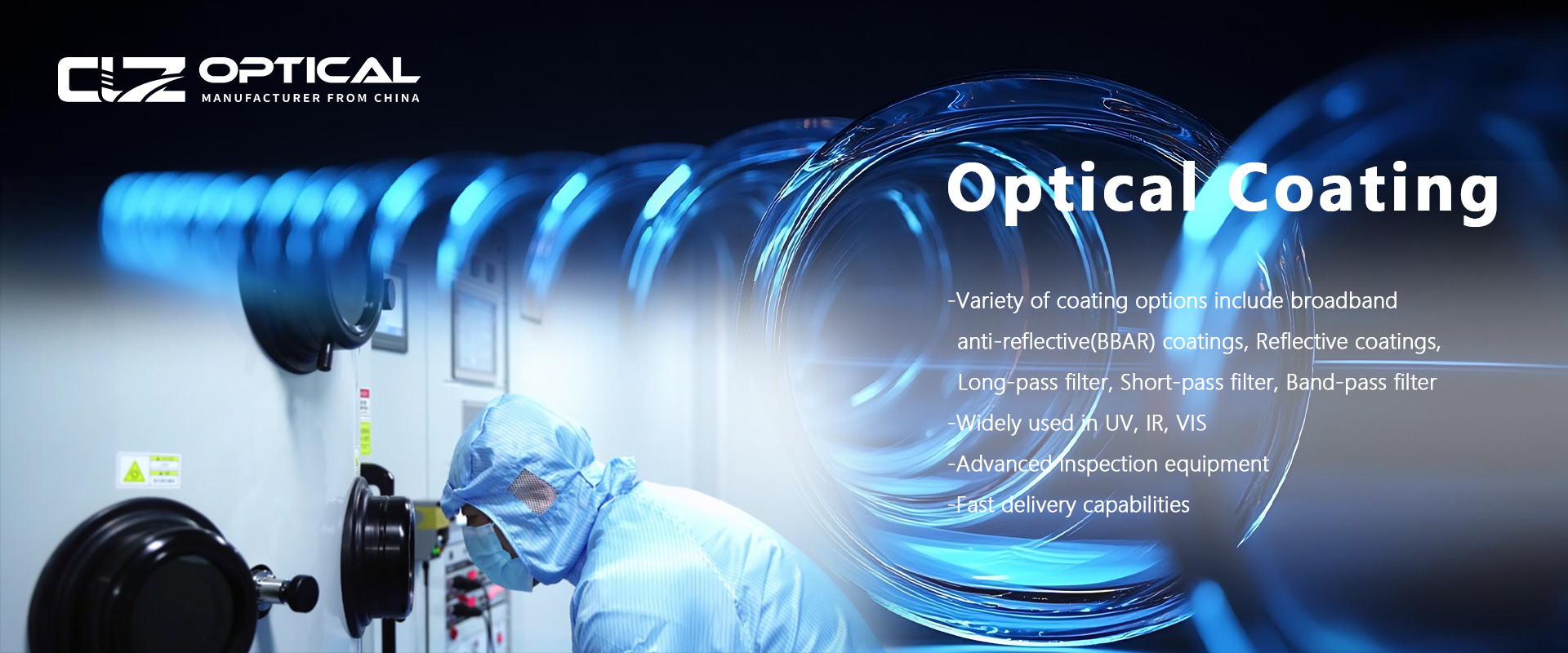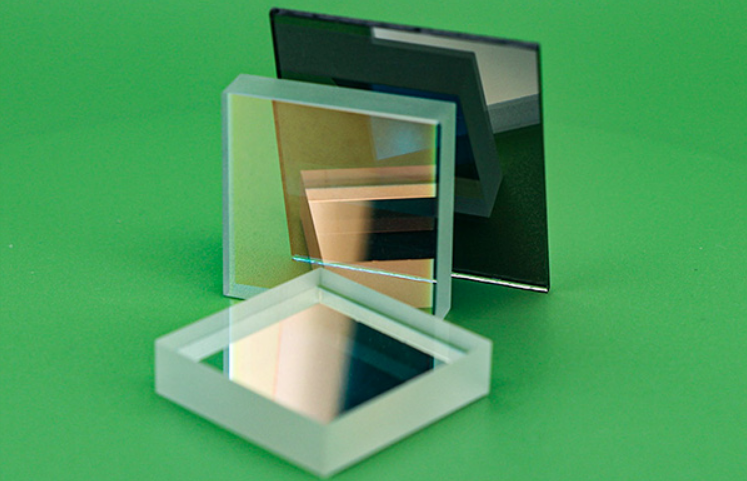Advantages of Using Meniscus Lenses in Infrared Applications
Jan. 01, 2024
Meniscus lenses are optical lenses that produce a smaller focal point and fewer aberrations than a standard plano-convex lens. Meniscus lenses have one convex and one concave surface with each surface having its own radius or curvature. Applications include lasers and cameras.
Compared to many other forms of optical lenses, meniscus lenses are rarely offered off-the-shelf. While meniscus lenses are primarily used for focusing to small spot sizes or collimation applications, plano convex lenses often offer a superior price-to performance ratio. There are scenarios, though, where meniscus lenses provide significantly superior performance at only a moderate increase in price.
Advantages of Using Meniscus Lenses in Infrared Applications
In the realm of infrared (IR) optics, choosing the right lens is crucial for achieving optimal performance in various applications. One type of lens that has gained prominence in recent years is the meniscus lens. These lenses offer several advantages over other lens types, making them particularly well-suited for infrared applications.
1. Compact Design and Lightweight Construction
Meniscus lenses are known for their compact and lightweight design. The convex-concave shape of these lenses allows for a shorter focal length without compromising on image quality. This characteristic is especially beneficial in applications where space and weight constraints are critical factors, such as in aerospace and defense systems.
2. Reduced Spherical Aberration
Spherical aberration is a common optical issue that can affect the image quality produced by lenses. Meniscus lenses, with their unique curvature, help mitigate spherical aberration, resulting in sharper and clearer images. This advantage is particularly valuable in infrared applications where precise imaging is essential, such as in thermal imaging cameras and surveillance systems.
3. Improved Chromatic Aberration Correction
Chromatic aberration, the tendency of different wavelengths to focus at different points, can be a challenge in optical systems. Meniscus lenses, with their carefully designed curvature and material properties, contribute to better correction of chromatic aberration. This is crucial for infrared applications where accurate color representation is essential, as in medical imaging and industrial inspections.
4. Enhanced Thermal Stability
Infrared applications often involve exposure to extreme temperatures. Meniscus lenses, typically made from materials with excellent thermal stability, can withstand a wide range of temperature variations without significant impact on their optical performance. This resilience is advantageous in applications like thermal imaging for industrial inspections and scientific research.
5. Versatility in Material Selection
Meniscus lenses can be manufactured using various materials, including germanium, silicon, and zinc selenide, among others. This versatility in material selection allows engineers and designers to choose the most suitable material based on the specific requirements of their infrared applications. For instance, germanium is often preferred for its high transmission in the infrared spectrum.
6. Customizable Coating Options
To further enhance their performance, meniscus lenses can be coated with anti-reflective coatings tailored for the infrared wavelength range. These coatings help minimize reflection losses and increase overall transmission, contributing to improved efficiency in infrared systems. Customizable coating options make meniscus lenses a versatile choice for applications demanding precise control over optical properties.
7. Cost-Effective Solution
Meniscus lenses offer a cost-effective solution for infrared optics. Their simpler design and manufacturing process result in lower production costs compared to more complex lens configurations. This cost efficiency makes meniscus lenses an attractive choice for industries seeking high-quality infrared optics without breaking the budget.
Conclusion
In conclusion, the advantages of using meniscus lenses in infrared applications make them a compelling choice for engineers and designers across various industries. From their compact design and reduced aberrations to enhanced thermal stability and cost-effectiveness, meniscus lenses address critical challenges in the realm of infrared optics.
For applications requiring precise imaging, space-saving designs, and efficient thermal management, meniscus lenses stand out as a reliable and versatile solution. As technology continues to advance, the importance of optimizing optical components for specific needs becomes increasingly apparent, and meniscus lenses prove to be an invaluable asset in achieving these goals.
To explore the benefits of meniscus lenses for your specific infrared application, feel free to contact us. As a trusted supplier in the field, we are committed to providing tailored solutions that meet your optical requirements and enhance the performance of your systems.












